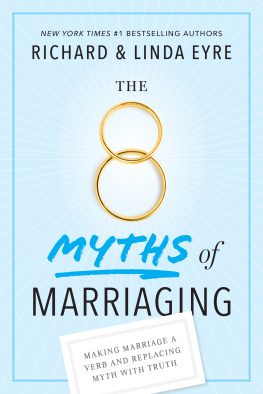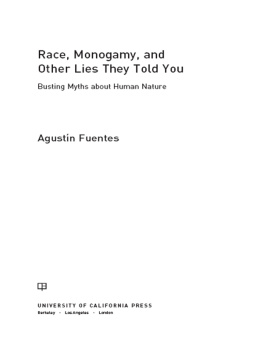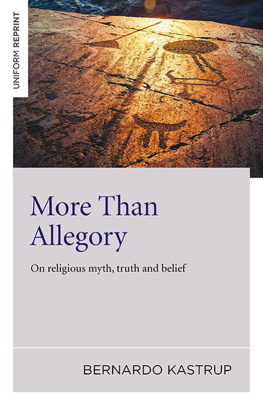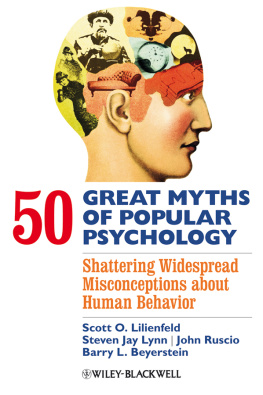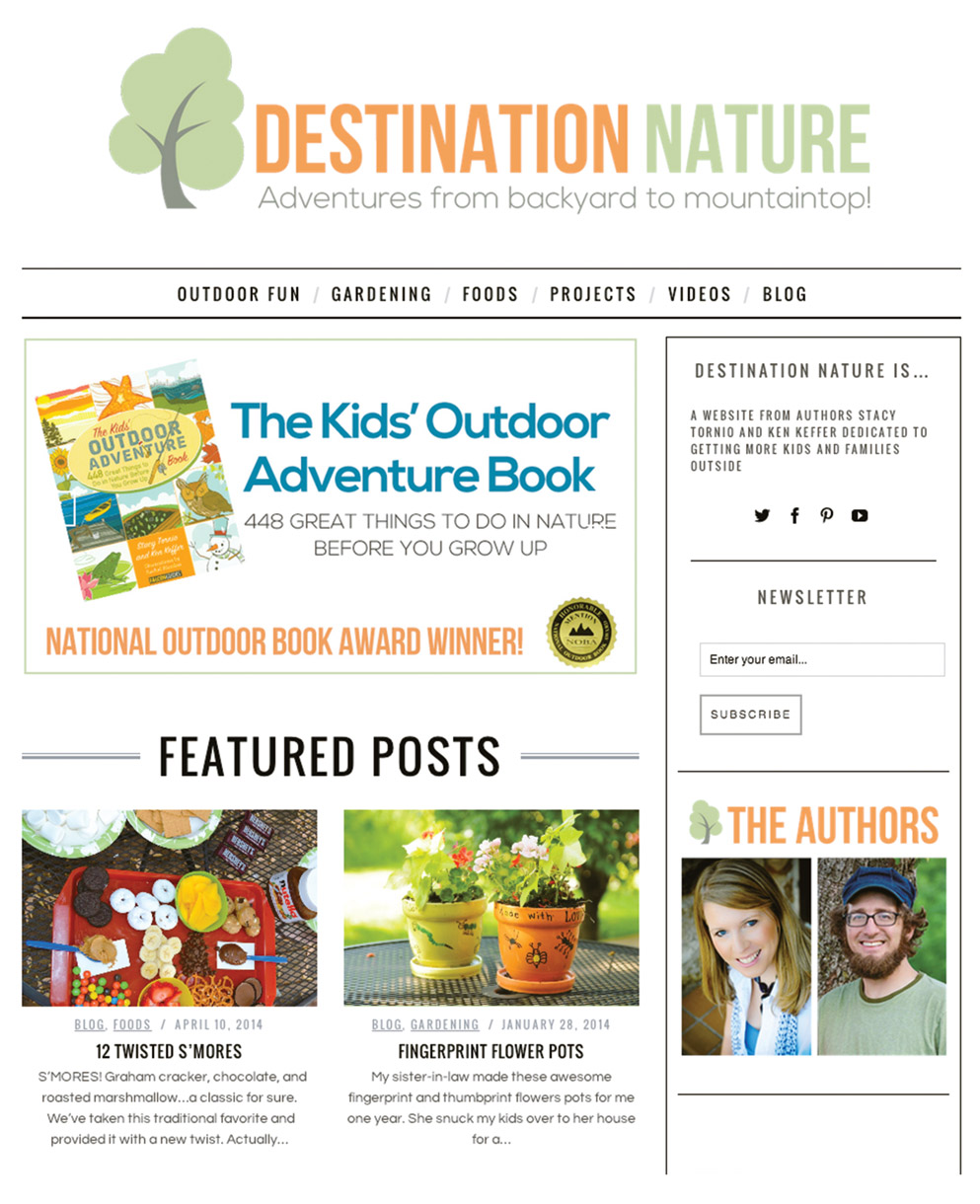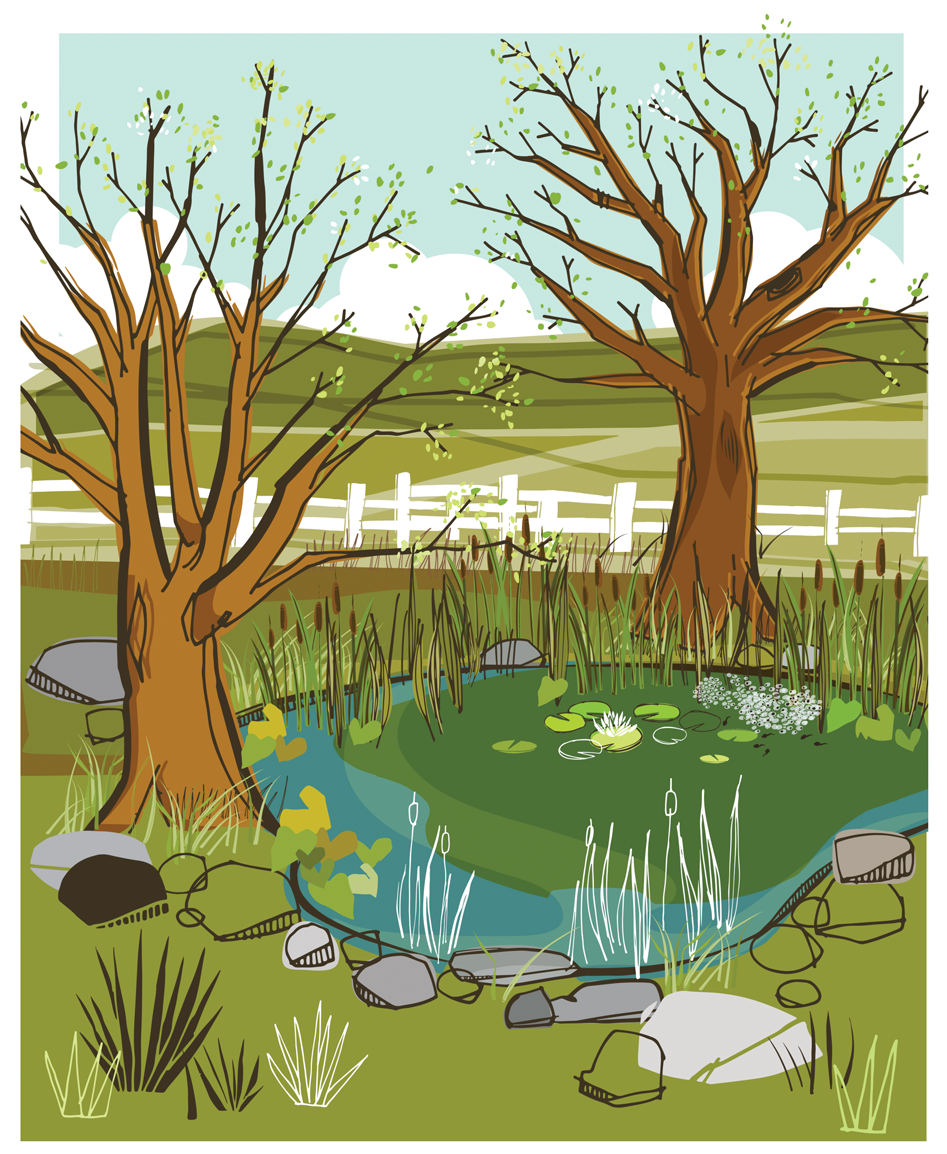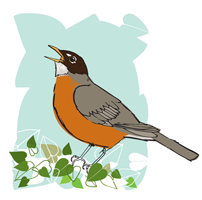
Photo by Jonathan Good/jgoodmedia.com
Stacy Tornio grew up in Oklahoma and has lived in Wisconsin for the last ten years. As editor of Birds & Blooms magazine, she is able to share her love of backyard nature with others. Stacy loves gardening (especially growing veggies) and is a master gardener in Milwaukee, where she teaches youth gardening classes in community. Along with her husband, Steve, Stacy enjoys watching her two children explore nature in their backyard and beyond. One of Stacys favorite nature memories from childhood is having her own veggie stand at the local farmers market with her brother.
Ken Keffer was born and raised in Wyoming. A vagabond naturalist, hes done a little bit of everything, from monitoring mice and vole populations and picking up carnivore scat in Grand Teton National Park to researching flying squirrels in the Tongass National Forest of southeast Alaska and monitoring Bactrian camels in Mongolias Great Gobi Strictly Protected Area. Hes also worked as an environmental educator in Wyoming, northern New Mexico, coastal Maryland, along the shores of Lake Erie in Ohio, and in Wisconsin. Ken enjoys birding, floating on lazy rivers, and fly fishing in the mountains out west. One of Kens favorite nature memories from childhood is building a fort at his grandparents creek, which he lovingly referred to as Fort Fishy.
Stacy and Ken are also authors of the award-winning FalconGuides book The Kids Outdoor Adventure Book: 448 Great Things to Do in Nature Before You Grow Up. They also encourage kids and families to get outside on a regular basis with their website, destinationnature.net.
ACKNOWLEDGMENTS
Thank you, Steve Tornio, for your endless support, ideas, grammar tips, and encouragement throughout all of our writing. You kept us on task more times than wed like to admit, and you helped us brainstorm every subject matter possible (props for mosquitoes and the no-neck pig).
We also want to thank our agent, Uwe Stender. We lose track of how many times throughout the year we utter phrases like Uwe is awesome or Were so lucky Uwe is our agent. We couldnt imagine a better literary partner. Thanks for helping us find our stride and encouraging us every step of the way.
This book is ten times better because of Katie Benoit Cardosotruly one of the best editors that we have ever worked with. Katie, you challenge us, support us, and encourage us, and we are so grateful to work with you again. Thank you so much for seeing the need to get more kids and families outside. Were having a blast and are glad to share it with you!
Finally, we want this book to honor all those great teachers (both formal and informal) that have had a role in our lives. The role of a teacher is so importantkids listen to you... respect you... trust you. Believe us, they really do. If we can get teachers to help us dispel some of the myths in this book, then we know it will go to support our greater goal of getting kids outside and exploring the world around them without hesitation or fear. So in no particular order, here are some of the great teachers weve known over the years that wed like to acknowledge: Linda Lancaster, Perry Bingham, Marjorie Bingham, Iva Bingham, Mrs. Pawlosky, Mrs. Price, Mrs. Tipton, Mrs. Sturdevant, Mrs. Murray, Mrs. Lanier, Miss Mueller, Mrs. Parker, Mr. Winland, Mrs. Neyer, Mr. Lussow, Hank Harlow, Merav Ben-David, Mark McKinstry, Brian Miller, and Kimberly and Kenn Kaufman.
SPRING
1: Birds sing because they are happy.
MYTH SCALE: 2
About the myth: Have you ever been awakened early in the morning by the cheery songs of birds? Youre all tired and groggy and perhaps not too happy to be awake so early. And what about the birds? They dont seem to notice you at all. Theyre just tweeting along like they dont have a care in the world. What are they so happy about anyway?
The truth: Birds wake up as soon as they catch a glimpse of sunshine. It might look like its still dark outside to you, but theyre ready to go as soon as the day begins. Its easy to think the birds are happy because they sound so jolly as they sing, but the truth is that birds dont have emotions like humans do. Theyre just singing because its what they do.
The takeaway: Male birds are usually the ones that sing, especially in spring. They will sing early in the morning and throughout the day to try to catch the attention of a female or to stake their claim on a territory. Instead of being annoyed by the singing, see if you can figure out one bird song from the next.
Additional facts: A bird song and a bird call are two different things. A bird song is usually a series of notes (probably what you hear in the morning) by a male bird that is trying to attract a female. But a bird call is usually shorter and can mean a lot of things. Both males and females use calls to communicate. For instance, if theres a hawk in the area, birds will send out warning calls to other birds to stay away.
2: If you touch a baby bird, the parents will abandon it.
MYTH SCALE: 3
About the myth: You come across a baby bird that hasnt learned to fly yet. Its hopping about and seems scared. You look around and see a nest nearby, just at the crook of a tree. You want to help the baby, but then you remember some advice you heard about touching birds. It makes sense. You dont want the mother to abandon her baby because of you.

The truth: Bird parents have a strong instinct to care for their young, and they are not going to suddenly abandon it. For starters, a quick human touch doesnt actually transfer a very strong scent, so the parent bird probably wont even know you helped the baby back into its nest. Second of all, there are several examples of birds helping to care for young that arent their own. For instance, brown-headed cowbirds will lay their eggs in another birds nest, and then those birds feed and raise the young. Similarly, in bluebirds and others that nest more than once a season, juvenile birds will sometimes pitch in and help raise their siblings. So the bottom line is that a mother bird wont abandon her baby just because a human touched it.
The takeaway: If you find a baby bird on the ground, its not necessarily hurt, lost, or abandoned. If you happen to see a nest nearby from which it likely fell out, go ahead and put it back inside. Of course, you shouldnt linger too long, because predators could pick up your scent and the parent is probably waiting to return. Otherwise, leave it alone and keep an eye out. Chances are its mom or dad will be back for it.
Additional facts: Most young birds dont actually spend that much time with their parents. You might think about young geese (goslings), and it certainly seems like they follow their mom around for weeks or even months. But this isnt the case for most young. Songbirds, which include most backyard birds, hatch and then leave their nest after only two to three weeks. Some of the bigger birds (owls, hawks, eagles) need to rely on their parents longer. Shorebirds often hit the ground running, leaving the nest as soon as they hatch.





